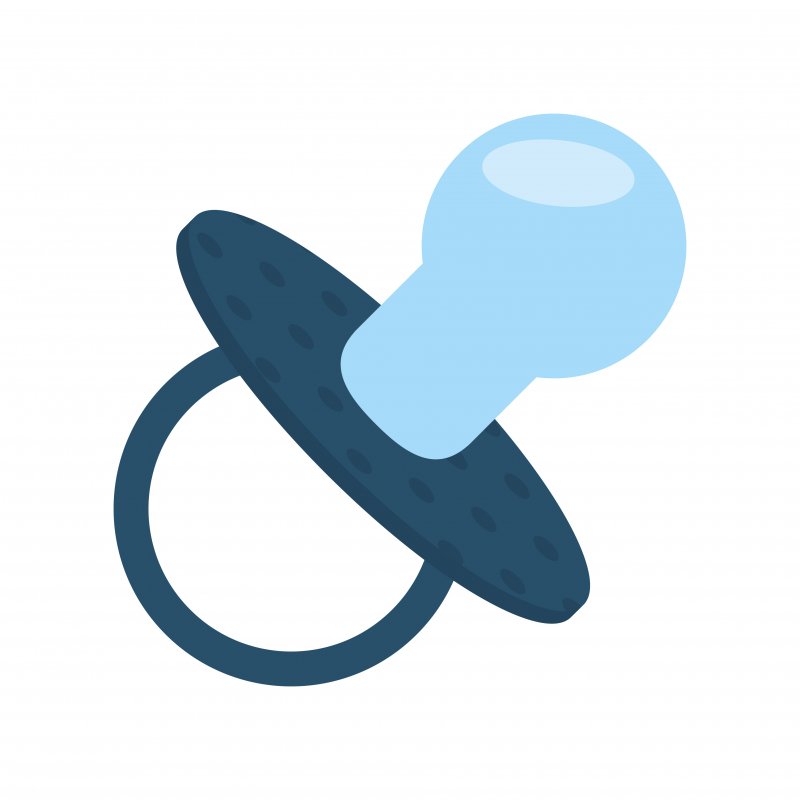
Pacifiers have long been used to soothe a crying baby, but misuse of them can lead to long-term consequences for your child’s developing smile. Constantly sucking on a pacifier or a thumb can cause dental problems such as alignment issues. Here’s what you need to know about how using these comfort objects can go wrong and what can be done to prevent “pacifier teeth.”
What Are the Good Points of Pacifiers?
Pacifiers do have real benefits when used properly. Babies can be a lot to handle, and pacifiers can help them self-soothe while their parents take a break for a quick meal or a few minutes to breathe. It can also help during the weaning process. Perhaps most importantly of all, pacifiers are linked to a significant reduction in the risk of sudden infant death syndrome (SIDS). In fact, the American Academy of Pediatrics encourages parents to put their babies to bed or a nap with a pacifier.
How Can Pacifiers Lead to Dental Health Issues?
A child using a pacifier or sucking their thumb for too long can lead to serious dental health consequences. Among them are:
Misalignments
If an older child is still using a pacifier, the frequent pressure can interfere with the developing teeth. Prolonged pacifier use can even change the shape of the teeth’s roots. Possible resulting alignment issues include crossbites, open bites, and other types of malocclusions.
A 2001 study found that nearly 71 percent of children using a pacifier or sucking their thumbs past the age of four had malocclusions. It also found that 36 percent of children who stopped thumb-sucking or using a pacifier between the ages of three and four had signs of alignment issues. Only 14 percent of children who stopped these habits by their second birthday exhibited any indication of these conditions.
Receding gums and cavities
Some parents dip pacifiers into sweet substances to help soothe their children. While this might be effective in the short term, it results in prolonged sugar exposure to developing gums and teeth. This can lead to plaque buildup, tooth decay, and gum disease.
How Can Pacifiers Be Used Properly?
Using pacifiers shouldn’t be a problem as long as proper hygiene is observed and children are weaned off of them soon enough. Remember to not share pacifiers between children, as this can expose them to bacteria that can cause cavities or other infections. Never dip a pacifier in a sweet liquid, as this can cause tooth decay in developing teeth. A pacifier should be small enough for a baby to use comfortably, but not so small that it becomes a choking risk. You might also try using orthodontic pacifiers that are designed so your baby’s jaw is in proper alignment during use.
With the proper precautions and within the proper timeframe, pacifiers are perfectly safe for infants to use. They can give a parent a much-needed break and leave a child’s teeth ready to develop into a beautiful mature smile.
About the Practice
G&G Pediatric Dentistry and Orthodontics provides the best oral health care in a kid-friendly atmosphere. Led by Drs. Nicole and Cory, the staff is dedicated to helping children have healthier, more beautiful smiles for a lifetime. Areas of expertise include pediatric general, restorative, and emergency dentistry in addition to orthodontic treatments. For more information on using a pacifier properly, contact the office online or dial (630) 778-9500.



